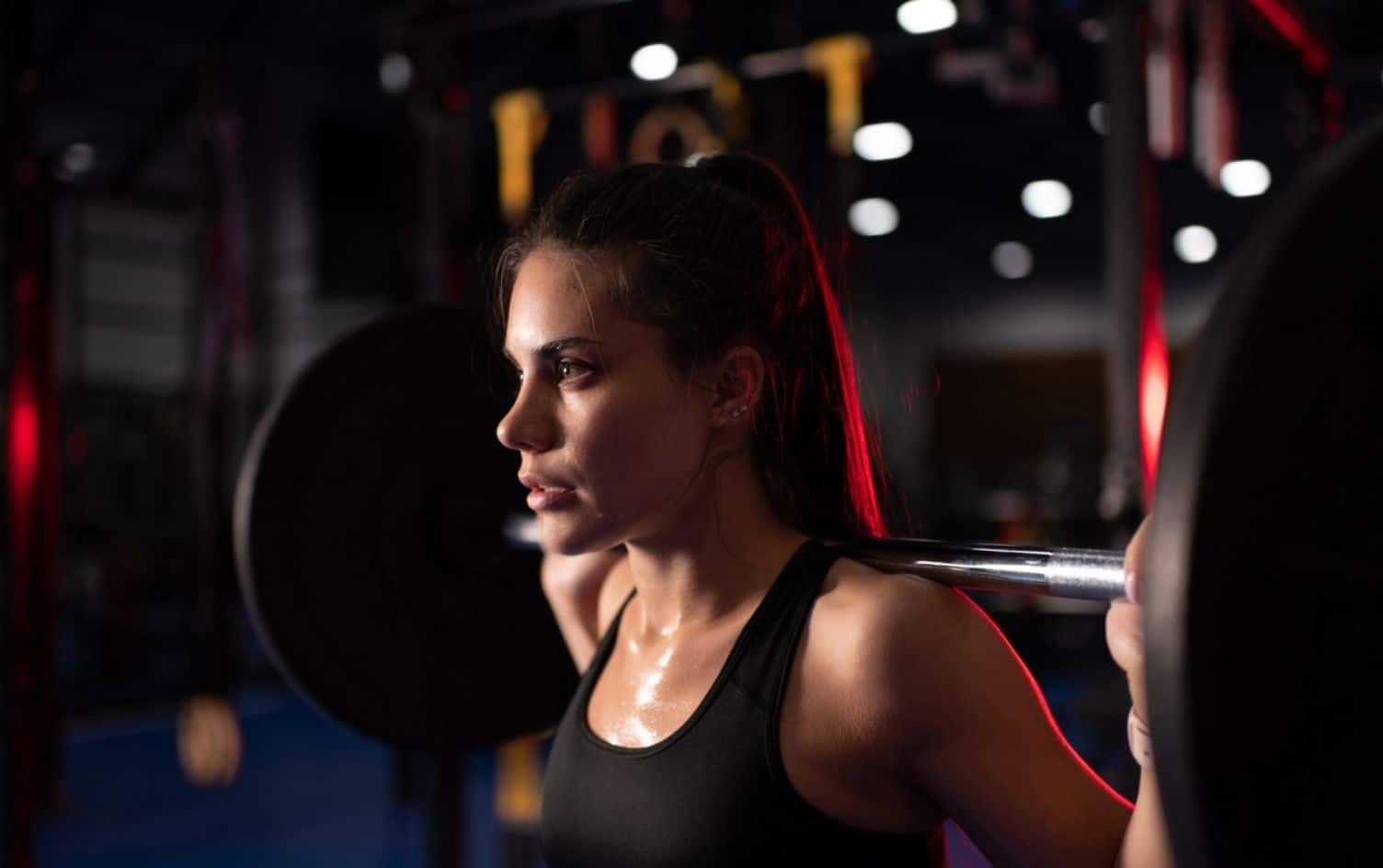When you’re working out, your head and neck are probably among the last things you’re thinking about. And this little oversight a big problem, trainers say. Most of us who work at computers or use smartphones have less-than-ideal posture to begin with, and that can carry over into our sweat sessions. Have you ever seen someone looking up while deadlifting? Or hunching forward while doing cable flys?
“Physical therapists call this upper crossed syndrome,” explains Cary Raffle, a certified personal trainer. Think: rounded shoulders and chin jutting forward. “This posture comes from sitting at a desk, working on a computer, driving, biking, gaming, coding and anything else that fixes you in one position for long periods of time,” Raffle explains. The muscles that bring the shoulders up and neck forward are constantly tensed, while the muscles that pull the shoulders and neck back and down are stretched, causing a muscular imbalance.
Even when we stand up and get ourselves to the gym, we tend to stay in this position. “Our bodies love to take the path of least resistance,” explains Sarah Smulligan, a certified personal trainer.” Being in proper alignment takes more effort and activation so people (especially those who already have muscular imbalances) will naturally drift toward a forward head position.”
WHY YOUR HEAD AND NECK POSITION MATTERS
“If the head and neck are not in proper alignment during exercise, the spine is less stable and the core is unable to activate properly,” Smulligan explains. “This often leads to chronic pain and a greater risk that you will injure your neck or low back.”
While forward head and neck posture is problematic in all types of exercise, it’s especially harmful when weightlifting.“When adding additional load to the body, proper form becomes even more important because the risk of injury is much higher,” says Smulligan.
“I commonly see people overutilizing small neck muscles to help lift the weight or accomplish the current exercise,” adds Rachel Sparks, a chiropractor who treats runners and weightlifters. Most often, this looks like a person tipping their chin up while they do an exercise. “If the neck does not feel supported properly by the trunk of the body, the neck muscles overcompensate,” she explains. Similarly, this could lead to pain and injury.
What’s more, poor posture leads to more poor posture. “It creates an endless cycle unless you take action,” Smulligan notes.
HOW TO FIX YOUR POSTURE
Luckily, all it takes to fix this issue in the gym is increased awareness. Working with a trainer to correct the issue is ideal, but if you’re on your own, here’s what trainers recommend trying:
- Think of a verbal cue. To get your neck and head stacked over your shoulders, it can help to remind yourself of a specific cue before and during your workout. “The most common cues are ‘tuck your chin’ and ‘ears in line with shoulders,’” Smulligan says. Sometimes she also uses “feel like you’re making a double chin.”
- Think of a spatial cue. Another option is to try a visual cue. “A great starting cue is to think of someone pulling a string through the top of your head as if you are attempting to grow taller,” Sparks says. This helps lengthen your neck and ensures your chin isn’t jutting forward.
- Use external feedback. “Checking form in mirrors or videoing yourself can be very helpful,” Smulligan says. “When doing an exercise on your back, like a bench press, check where your head is touching the mat. If you are in alignment, the lower portion of the back of your head will touch, and there will only be a small space under your neck. If there is a large space or closer to the crown of your head is touching, your chin is up too far and you are out of alignment.”




